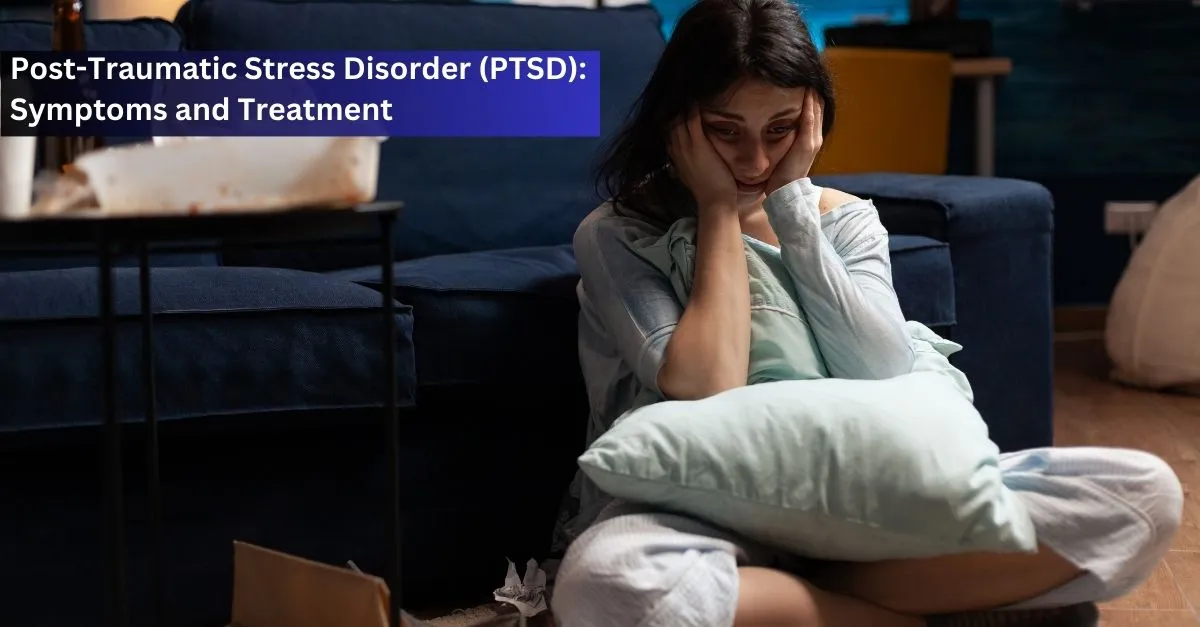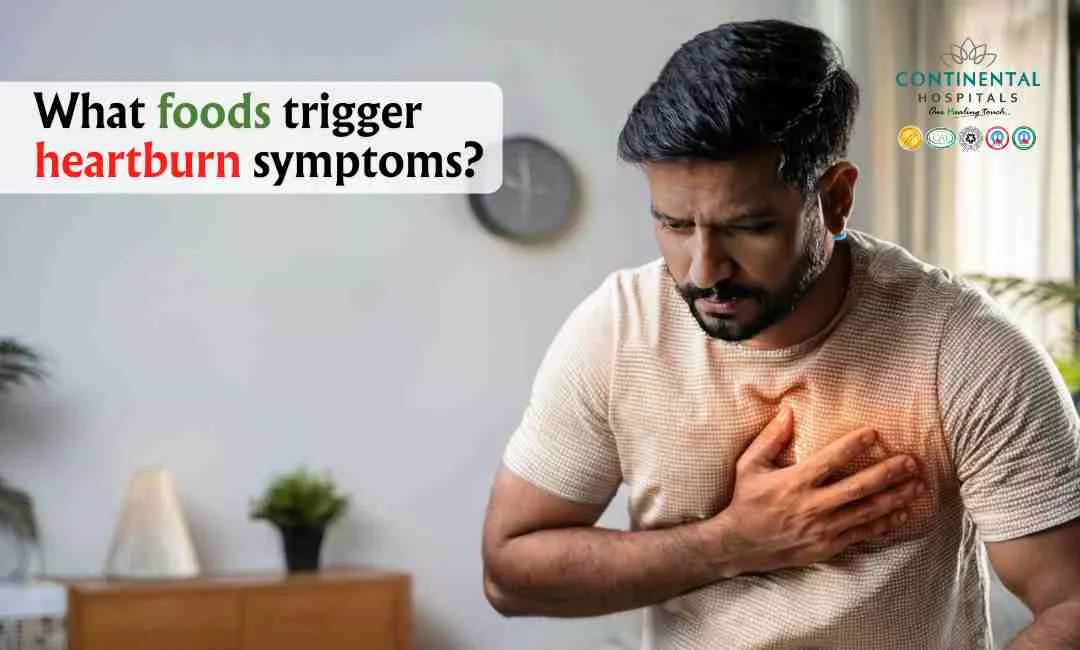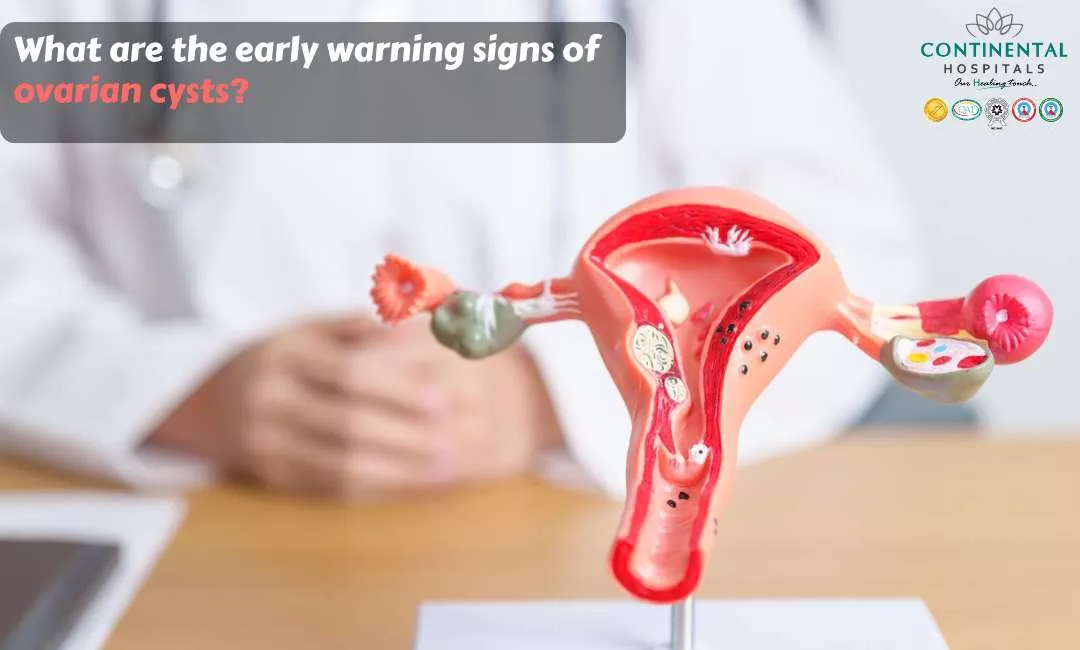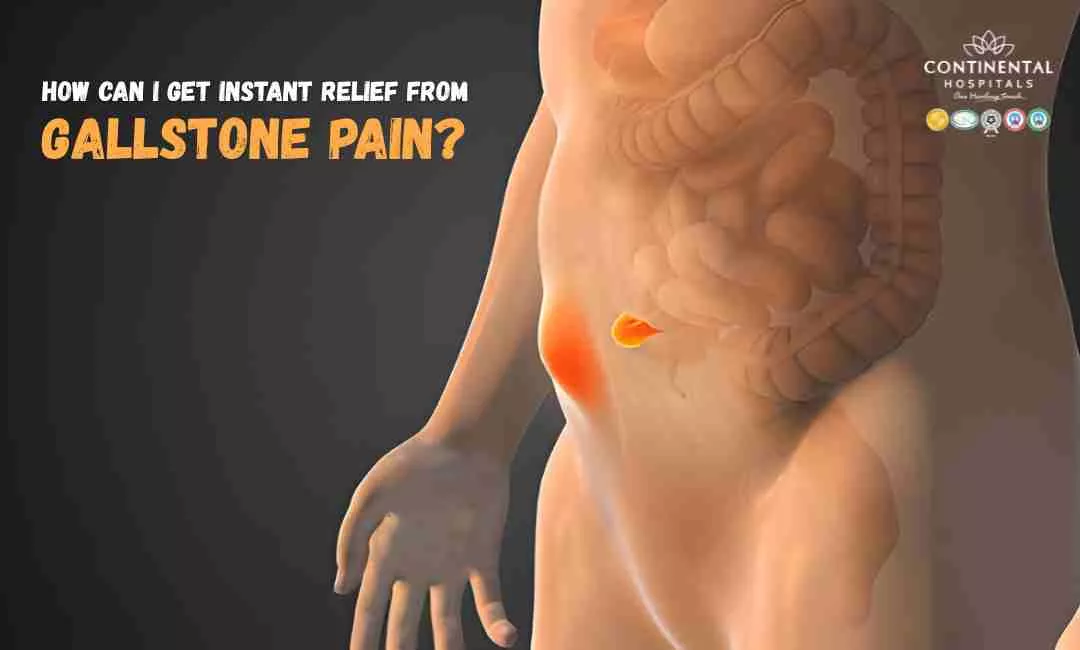Post-Traumatic Stress Disorder, often referred to as PTSD, is a mental health condition that can develop in the aftermath of a traumatic event. Trauma is a subjective experience, and what may be traumatic for one person may not be so for another. Traumatic events that can lead to PTSD include natural disasters, combat exposure, physical or sexual assault, accidents, and witnessing the injury or death of others. PTSD affects people of all ages and backgrounds and can have a significant impact on a person's life.
What's Post-Traumatic Stress Disorder?
PTSD is a complex condition that results from a combination of psychological, biological, and environmental factors. When a person is exposed to a traumatic event, their body and mind react to protect them from harm. This natural response is often referred to as the "fight or flight" response and is characterized by a surge of adrenaline and other stress hormones.
In most cases, this stress response is beneficial, helping individuals react quickly and effectively to threats. However, in people with PTSD, this response becomes dysfunctional. The traumatic experience gets imprinted in the person's memory, and they may continue to experience extreme stress, anxiety, and fear, even when they are no longer in danger.
Symptoms of Post-Traumatic Stress Disorder
The symptoms of PTSD can vary from person to person and can be categorized into four main clusters:
A. Intrusive Thoughts: Individuals with PTSD often experience intrusive thoughts and memories related to the traumatic event. These can manifest as flashbacks, nightmares, or distressing thoughts that can be triggered by various cues.
B. Avoidance and Numbing: People with PTSD may go to great lengths to avoid situations, places, or people that remind them of the traumatic event. They may also experience emotional numbness, detachment, and a reduced interest in activities they once enjoyed.
C. Increased Arousal: Hyperarousal symptoms in PTSD can include irritability, anger, difficulty concentrating, exaggerated startle response, and problems with sleep, such as insomnia.
D. Negative Changes in Mood and Cognition: Individuals with PTSD may experience persistent negative thoughts and feelings about themselves or others. They may have difficulty experiencing positive emotions and may have a distorted sense of blame or guilt.
The symptoms of PTSD can be distressing and disruptive, leading to difficulties in personal relationships, work, and overall quality of life.
.jpg)
Consult with a Psychiatrist or Sleep Specialist about Post-Traumatic Stress Disorder.
Causes and Risk Factors of Post-Traumatic Stress Disorder
The development of PTSD is not solely dependent on the nature of the traumatic event itself; various factors contribute to an individual's risk of developing the disorder. Some common causes and risk factors include:
A. Severity of the Trauma: The more severe and life-threatening the traumatic event, the higher the risk of developing PTSD.
B. Personal Vulnerability: Pre-existing mental health conditions, a family history of mental illness, and a history of trauma can increase an individual's vulnerability to PTSD.
C. Lack of Support: A lack of social support and positive coping mechanisms can make it more challenging for individuals to recover from a traumatic event.
D. Neurobiological Factors: Differences in brain structure and function, such as an overactive amygdala (the brain's emotional center), can contribute to the development of PTSD.
E. Nature of Trauma: Some types of trauma, such as interpersonal violence and sexual assault, are associated with a higher risk of PTSD due to their personal and invasive nature.
Diagnosis of Post-Traumatic Stress Disorder
To receive a diagnosis of PTSD, a mental health professional, such as a psychiatrist or psychologist, will conduct a comprehensive assessment. This evaluation typically includes:
A. Clinical Interview: The mental health professional will interview the individual to understand their symptoms, the traumatic event, and how it is affecting their daily life.
B. Diagnostic Criteria: The clinician will refer to the Diagnostic and Statistical Manual of Mental Disorders (DSM-5) to determine if the individual's symptoms meet the criteria for PTSD.
C. Differential Diagnosis: It is essential to rule out other mental health conditions that may have similar symptoms, such as anxiety disorders or depression.
D. Severity Assessment: The mental health professional will assess the severity of the individual's symptoms, which can vary from mild to severe.
Once diagnosed, the individual and their mental health provider can work together to create a treatment plan tailored to their specific needs.
Treatment Options for Post-Traumatic Stress Disorder
Treatment for PTSD aims to reduce the distressing symptoms and improve a person's overall quality of life. Various treatment options are available, and the most effective approach often involves a combination of therapies and, in some cases, medications. The primary treatment modalities for PTSD include:
a. Psychotherapy:
Cognitive-behavioral therapy (CBT): This is one of the most widely used therapeutic approaches for PTSD. CBT helps individuals identify and challenge negative thought patterns and behaviors related to their trauma.
Exposure Therapy: Exposure therapy involves controlled and gradual exposure to the traumatic memories or situations to reduce avoidance and desensitize individuals to the triggers.
Eye Movement Desensitization and Reprocessing (EMDR): EMDR is a specialized form of therapy that focuses on the reprocessing of traumatic memories through eye movements or other bilateral stimulation.
Group Therapy: Group therapy provides a supportive environment for individuals with PTSD to share their experiences, gain coping skills, and feel less isolated.
b. Alternative and Complementary Therapies:
Mindfulness and Meditation: Mindfulness practices can help individuals manage stress and reduce anxiety.
Yoga: Yoga can promote relaxation and physical well-being, which can be beneficial for those with PTSD.
Acupuncture: Some individuals find relief from PTSD symptoms through acupuncture.
Post-Traumatic Stress Disorder (PTSD) is a complex and debilitating mental health condition that can develop after exposure to a traumatic event. Its symptoms can manifest in a variety of ways, including intrusive thoughts, flashbacks, nightmares, and hypervigilance. Additionally, PTSD often leads to emotional numbing, avoidance of triggers, and negative changes in mood and cognition.
It's essential to seek professional help if you or someone you know is struggling with PTSD, as early intervention and appropriate treatment can significantly improve the quality of life for those affected. Furthermore, public awareness and understanding of PTSD play a crucial role in reducing stigma and encouraging individuals to seek help without hesitation.
Consult with a Psychiatrist or Sleep Specialist about Post-Traumatic Stress Disorder.
Related Blog Articles-
1. Coping with Depression During Major Life Changes
2. 10 Tips and Techniques to Boost Your Mental Health
.webp)














